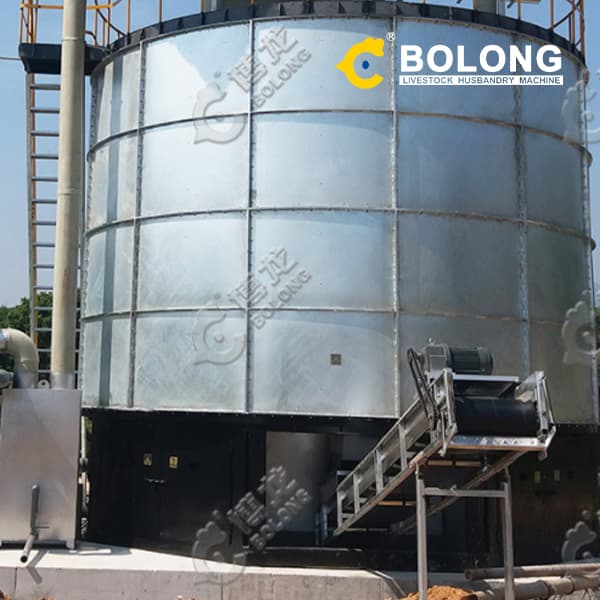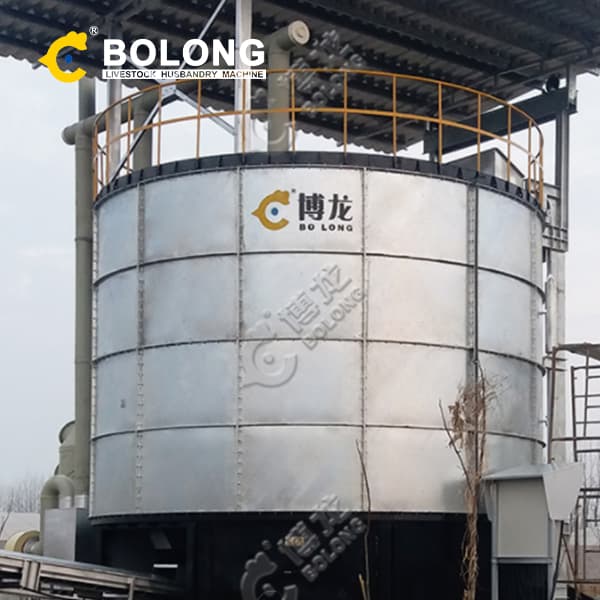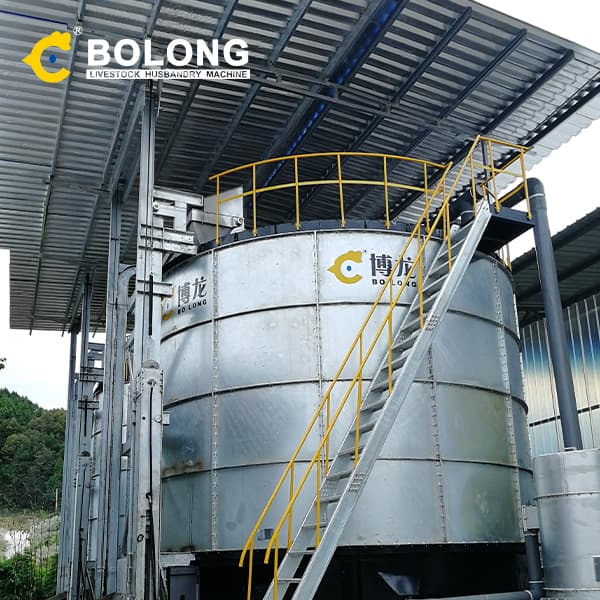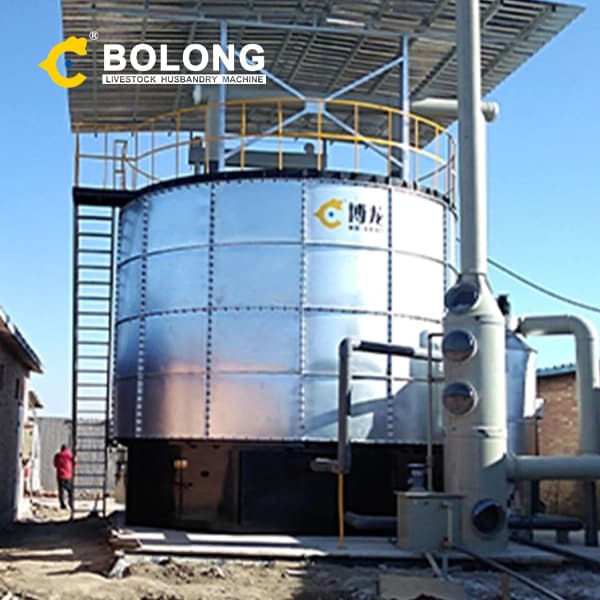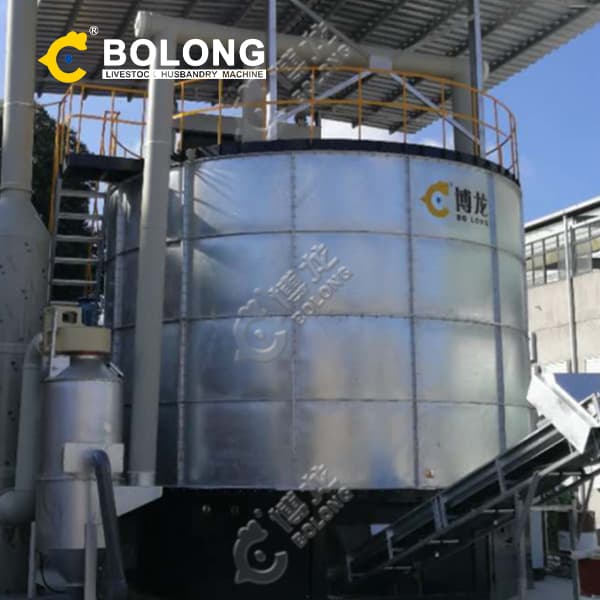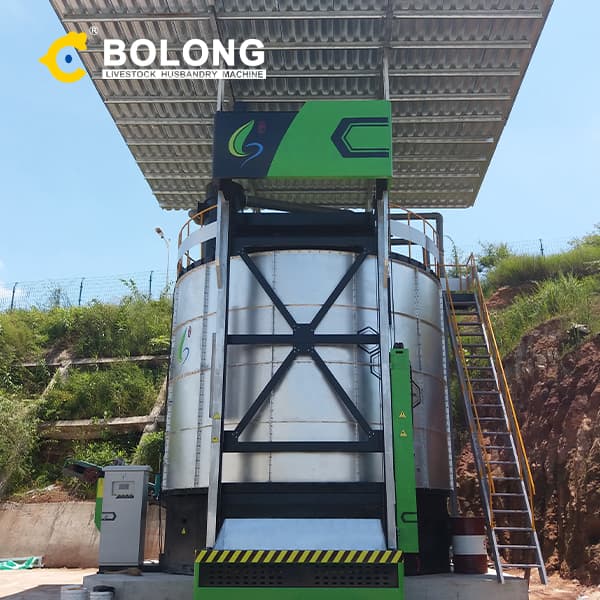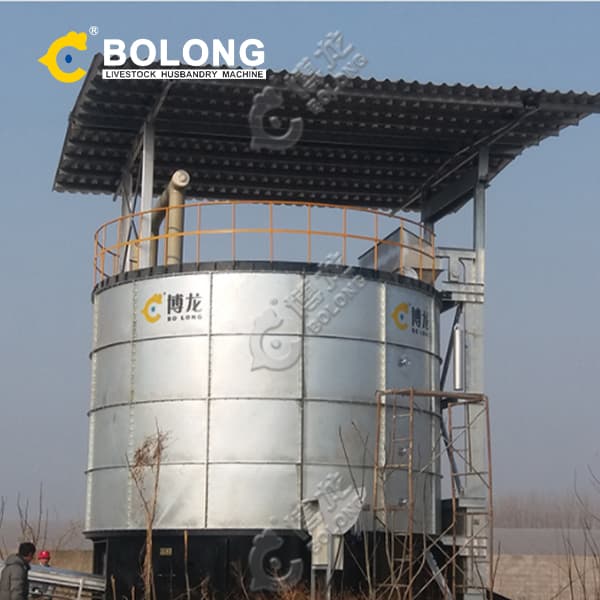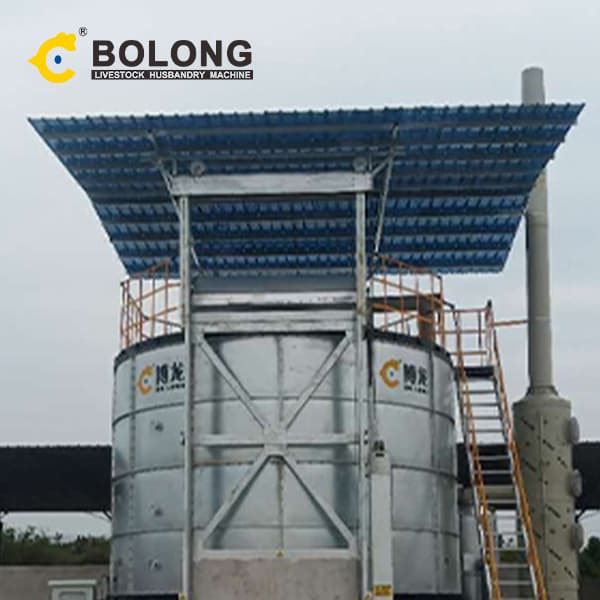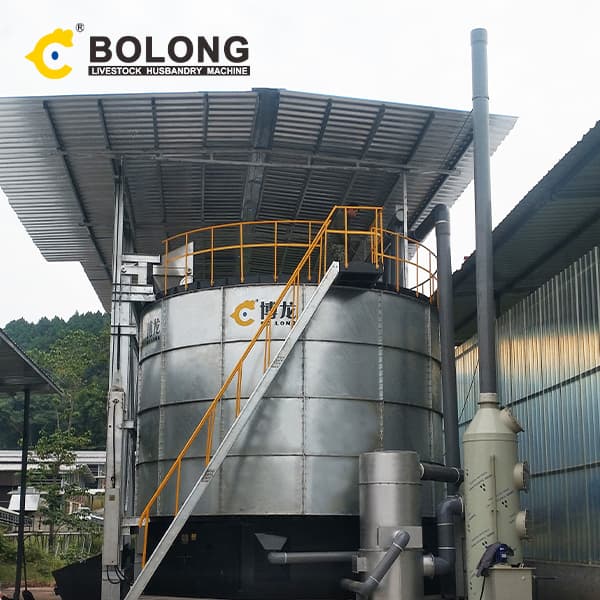-
Therefore, we will only focus on fermentation in this section. Figure 5.10.2 5.10. 2. The picture shows glycolysis and fermentation. There are two types of fermentation, alcoholic and lactic acid. Fermentation follows glycolysis in the absence of oxygen. Alcoholic fermentation produces ethanol, carbon dioxide, and NAD +.
-
Fermentation has been used in food production for millennia. Ancient civilizations used microbial cultures to preserve foods, create alcoholic beverages, and improve the nutritional value and bioavailability of foods ranging from kimchi to tempeh. Over the past century, the role of fermentation has expanded far beyond its historical usage to a
-
Oct 13, 2020 · The increase of biomass tended to be stable after 96 h fermentation, which demonstrates the cell growth entered the stationary period. 94 g/L biomass and 2.01 g/L β-carotene concentration were
-
To assess the validity of the procedure, values for r and R were determined between 10 and 15 times over the course of the fermentation. The plot of r versus. R gave a straight line and the value of Co*, the saturation solubility of oxygen, was obtained by multiplying the slope by the partial pressure of oxygen in the air.
-
Basic Fermenter Design : External, Agitation & Aeration, Inlets and Outlets. De Becze and Liebmann (1944) used the first large scale (above 20 litre capacity) fermenter for the production of yeast. But it was during the First World War, a British scientist named Chain Weizmann (1914-1918) developed a fermenter for the production of acetone.
-
Aug 31, 2023 · A bioreactor, or a fermentation vessel, is a device or system used to cultivate and produce biological. cells, tissues, or organisms in a controlled environment. It functions as a vessel-like
-
Sep 16, 2023 · Aerobic fermentation is essential for various industries. It transforms organic molecules into energy-rich compounds in the presence of oxygen. It yields valuable products, like ethanol and renewable energy sources. Unlike anaerobic fermentation, it needs oxygen. Anaerobic fermentation occurs without oxygen and yields lactic acid.
-
Fermentation is defined more from the point of view of engineers. They see fermentation as the cultivation of high amount of microorganisms and biotransformation being carried out in special vessels called fermenter or bioreactors. Their definitions make no attempt to differentiate whether the process is aerobic or anaerobic.
-
Jan 24, 2015 · In this study we follow the generally accepted definitions and describe the long-term Crabtree effect as aerobic alcoholic fermentation under steady-state conditions at high growth rates . When S. cerevisiae is cultivated in a glucose-limited chemostat, the long-term effect appears when the dilution rate (or the glucose uptake rate) exceeds the
-
May 21, 2024 · Aerobic fermentation occurs when the cells demand more energy than can be produced from an oxygen reaction. Part of the cellular reaction still occurs, and some ATP is formed. Less efficient than the oxygen process, aerobic fermentation creates acids in the cells that cause muscle fatigue and eventual failure.
-
A Fermentor is a device used to accomplish the fermentation process by using microorganisms, and for this reason, it is also called “ Biofermentor or Bioreactor “. It is equipped with all the elements that are necessary to carry out the commercial production of substances like antibiotics, enzymes, beverages etc. in many industries.
-
Jan 1, 1973 · The latter processes, in particular, have stimulated investigations into the use of fermenter configurations other than the agitated cylindrical vessel which has been almost universally adopted for aerobic mirobial processes and for some anaerobic processes.
-
Step 1. 2. Bakers' yeast is produced in a 50,000 L fermenter under aerobic conditions. The carbon substrate is sucrose; ammonia is provided as nitrogen source. The average biomass composition is CH18300.55N0.17 with 5% ash. Under efficient growth conditions, biomass is the only major product; the biomass yield from sucrose is 0.5 g/g. If 0.45 g
-
The fermenter consisted of a large cylindrical tank with air introduced at the base via network of perforated pipes. In later modifications, mechanical impellers were used to increase the rate of mixing and to break up and disperse the air bubbles (Fig. 20.1). This process led to the compressed air requirements.
-
Fermentation is another anaerobic (non-oxygen-requiring) pathway for breaking down glucose, one that's performed by many types of organisms and cells. In fermentation, the only energy extraction pathway is glycolysis, with one or two extra reactions tacked on at the end. Fermentation and cellular respiration begin the same way, with glycolysis.
